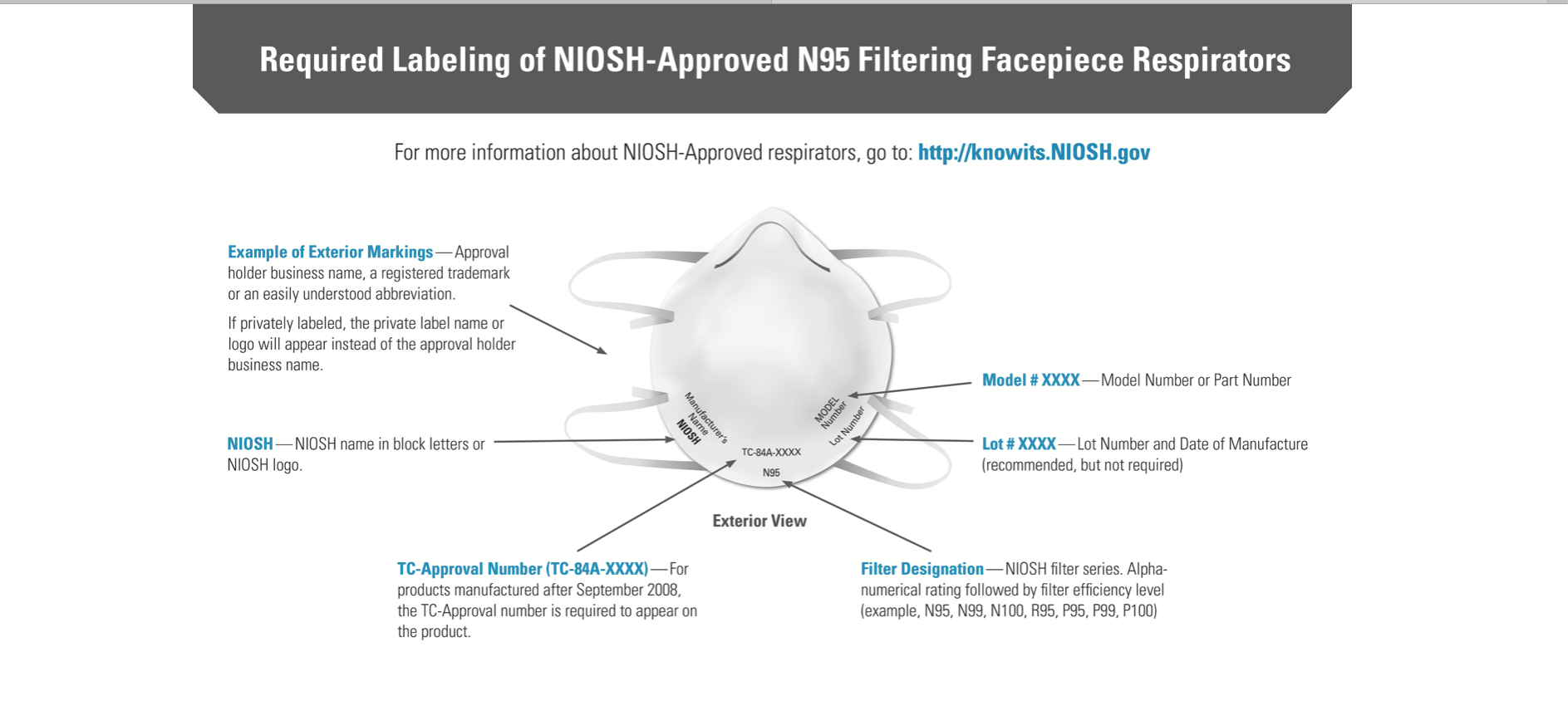CDC COVID Masking Guidance Called Dangerous for Health Care Workers
A group of scientists and physicians charge that the CDC’s current guidance on masking might not be enough to meet the threat of COVID-19 variants.
It’s not enough. A group of prominent scientists and physicians charge in a letter (list of signatories at the bottom) that the masking guidelines put forward by the Centers for Disease Control and Prevention (CDC) don’t do enough to protect health care workers who are not directly involved in caring for patients with coronavirus disease 2019 (COVID-19). The CDC masking guidelines, which the group called out of date, also endanger non-health care workers who have close contact with people as part of their jobs.
In a press conference yesterday, CDC Director Rochelle Walensky, MD, said: “For reasons supported by science, comfort, cost, and practicality, the CDC does not recommend routine use of N95 respirators for protection against COVID-19 by the general public. Abundant scientific laboratory data, epidemiologic investigations, and large population-level analyses demonstrate that masks now available to the general public are effective and are working. And there is little evidence that, when worn properly, well-fitting medical and cloth masks fail in disease transmission.”
Source: Centers for Disease Control and Prevention

The letter, dated February 15, contradicts Walensky’s assertion. “It is now well documented that health care workers in non-COVID-19 patient care and support positions are also at high risk of infection and should be wearing respirators,” the letter states. “Similarly, for non-health care workers—even those at very high risk of exposure and infection such as in food processing, prisons and security—CDC and OSHA [Occupational Safety and Health Administration] recommend only face coverings that do not protect against small particle aerosol inhalation.”
The group also calls the CDC’s assertion that N95 filtering facepiece respirators (FFRs) are in short supply—and therefore cannot be given out to the groups the letter champions—erroneous as well. The letter states that “in recent months the supply and availability of these and other NIOSH-approved respirators has increased as new manufacturers enter the market. Millions of NIOSH-approved N95 FFRs are now available and sitting in warehouses, with many employers reluctant to buy from new producers or believing there is no need for their use. Without clear guidance and direction on the need for enhanced protection, there is no demand for these N95 FFRs and some of these new manufacturers may go out of business.”
The letter—addressed to Walensky, Jeff Zients, the White House Coronavirus Response Coordinator, and Anthony Fauci, MD, director of the National Institute of Allergy and Infectious Diseases (NIAID)—begins by praising the Biden administration’s efforts to contain COVID-19, but quickly focuses on the matter at hand: the need to distribute N95 FFRs to all health care workers and non-health care workers on the frontlines.
The letter states that “more transmissible variants are projected to become the dominant strains by March and may pose significant challenges to the efficacy of first-generation vaccines and monoclonal antibodies. While COVID-19 infections and deaths have started to decline in recent weeks, they remain at a very high level and, unless strengthened precautionary measures are implemented, the new variants will likely bring an explosion in new infections.”
The letter writers want the CDC to:
- Update guidelines so that they reflect the danger posed by smaller particles emitted by infected persons at close range.
- Strengthen the supply lines for N95s, and order heath care organizations to stop all practices like decontaminating the masks for reuse or allowing the use of surgical masks when N95s are called for.
- Issue workers at lower risk “high-performing barrier face coverings tested to the ASTM F3502-21 Standard Specification for Barrier Face Coverings with at least 80% filter efficiency, no more than 15 mm H20 air flow resistance and total inward leakage of no more than 5% on a panel of at least 10 subjects.”
- Immediately find existing supplies of N95s and start distributing them. “Existing supplies of respirators need to be made available and used now, not allowed to sit in warehouses and in supply rooms.”
- Use the Defense Production Act to increase the supply of N95 masks. “Provide funding and enter contracts with manufacturers to increase supplies. Coordinate the supply chain and require the purchase of US-manufactured respirators.”
THOSE WHO SIGNED THE LETTER:
- Rick Bright, PhD, Former Director of BARDA, Dept of Health and Human Services
Lisa M. Brosseau, ScD, CIH, University of Minnesota CIDRAP - Lynn R. Goldman, MD, MS, MPH, George Washington University
- Céline Gounder, MD, ScM, NYU Grossman School of Medicine & Bellevue Hospital Center
- Yoshihiro Kawaoka, DVM, PhD, University of Wisconsin-Madison and University of Tokyo
- Linsey Marr, PhD, Virginia Tech
- David Michaels, PhD, MPH, George Washington University Donald K. Milton, MD, DrPH, University of Maryland
- Michael Osterholm, PhD, MPH, University of Minnesota CIDRAP Kimberly Prather, PhD, University of California San Diego
- Robert T. Schooley, MD, University of California San Diego Peg Seminario, MS, AFL-CIO (retired)
“Ongoing Assault”: How HHS Layoffs Have Eviscerated Infection Prevention Support Across the Nation
April 1st 2025Mass layoffs at HHS and CDC have gutted critical infection prevention programs, leaving frontline professionals overwhelmed, under-resourced, and desperate to safeguard public health.
Unmasking Long COVID: Dr Noah Greenspan on Recovery, Research Gaps, and the Future of Treatment
March 18th 2025Dr Noah Greenspan discusses the evolving understanding of long COVID, current treatment strategies, diagnostic challenges, and the critical need for research and awareness in post-viral syndromes.